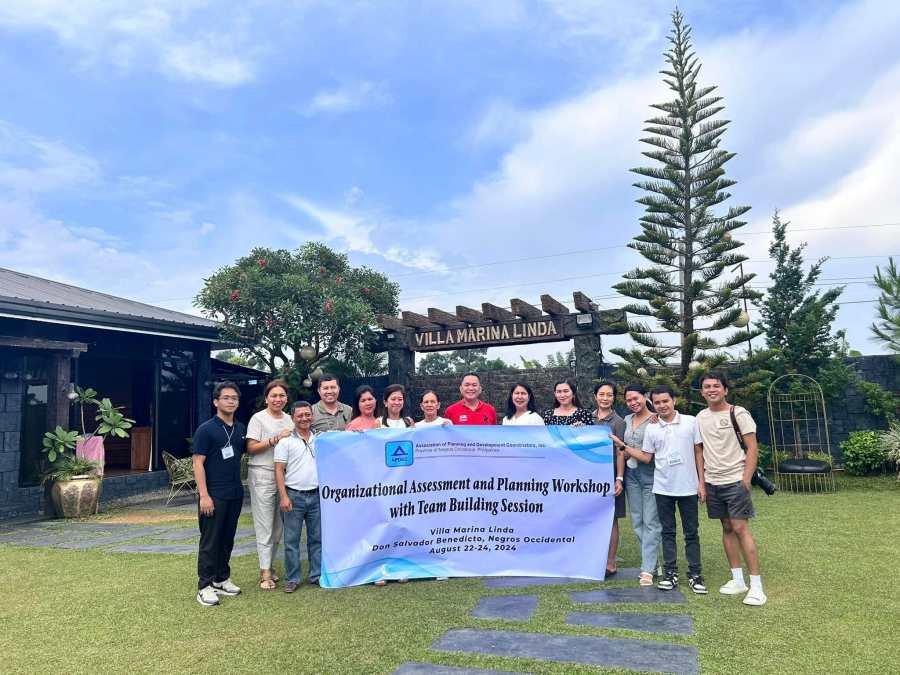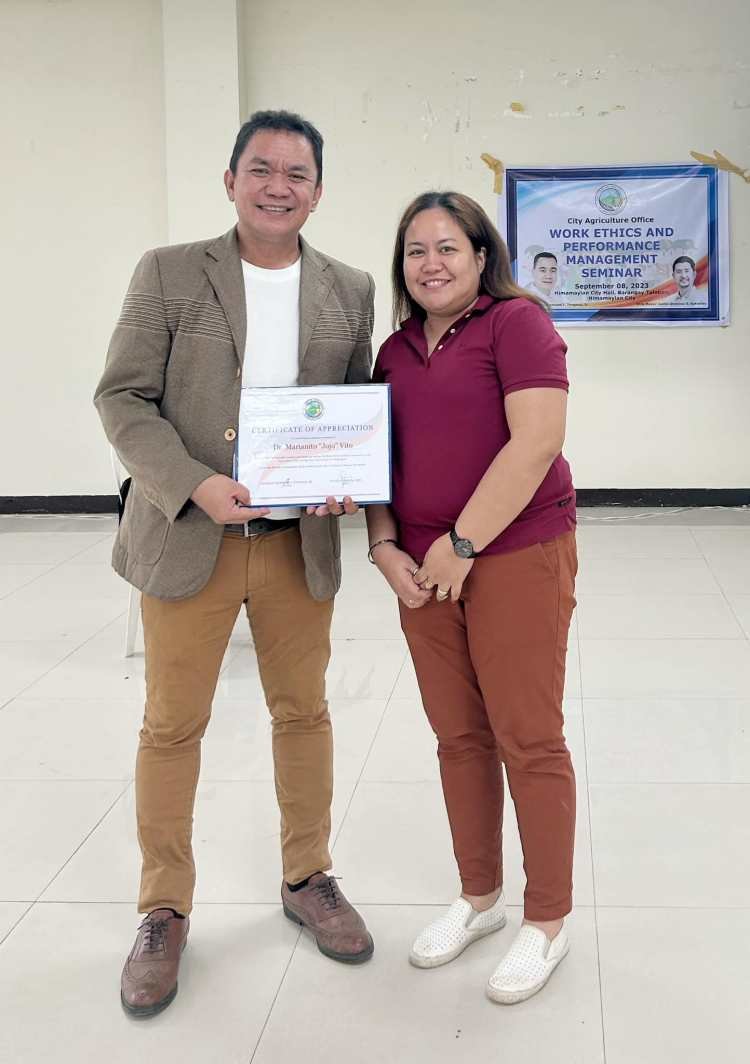Training and Development
Table of Contents
My Journey in Training and Development: A Personal Narrative
As a professional trainer with over 25 years of experience, I have dedicated my career to training and development, an essential aspect of Human Resource Management that I find incredibly rewarding. Through my consultancy, I frequently conduct training programs for various companies nationwide, and each experience brings unique challenges and rewards. The opportunity to help individuals grow, learn new skills, and enhance their performance is not just a job; it’s a passion that has shaped my professional identity.

Understanding Training Needs Analysis ( Training and Development )
One of the first steps in any training initiative is conducting a Training Needs Analysis (TNA). TNA is a systematic approach that helps identify skill gaps and determine the specific training requirements necessary to enhance employee performance and align with organizational goals. This process is critical because it ensures the training is relevant and practical.

The Importance of TNA ( Training and Development )
Conducting a thorough TNA is vital for several reasons. First, it helps organizations understand what training is required and why, ensuring that it aligns with business objectives. Second, it targets specific competencies by focusing on the skills and knowledge needed for particular roles, which enhances overall effectiveness. Finally, TNA optimizes resources by identifying precise training needs, allowing organizations to avoid unnecessary expenditures on irrelevant programs.

Key Components of TNA
In my experience, TNA comprises several key components. Organizational analysis evaluates the strategic role of training within the organization and assesses management support for training initiatives. Task or job analysis identifies specific tasks employees perform and the required skills. Lastly, person analysis determines which employees need training based on their performance versus expected performance.
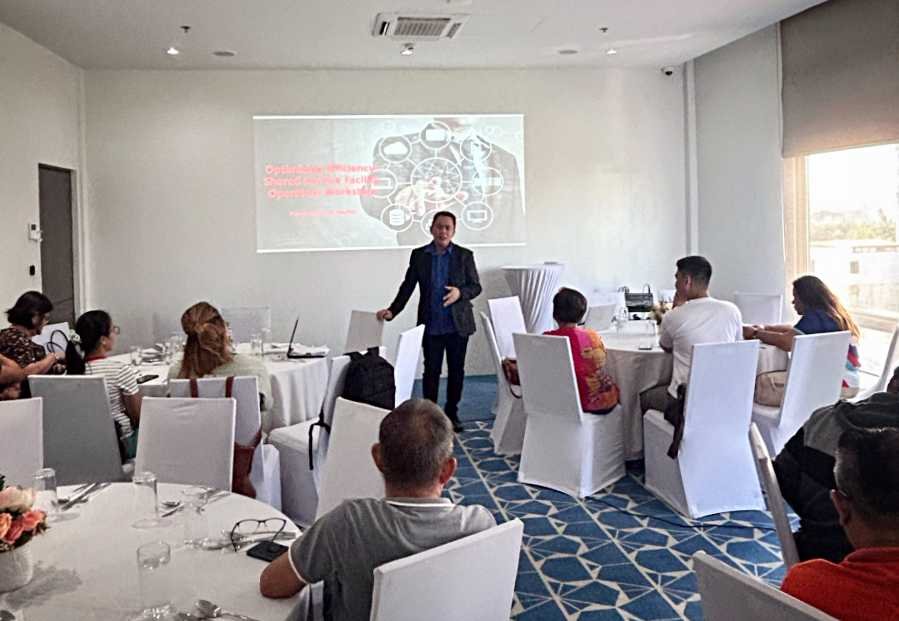
Methods for Conducting TNA ( Training and Development )
Over the years, I have employed various methods to conduct TNA effectively. Surveys and questionnaires allow me to collect employee data about their training needs. At the same time, interviews with stakeholders—such as managers and subject matter experts—provide valuable insights into specific requirements. Focus groups facilitate discussions among groups to identify everyday training needs, and performance reviews help pinpoint areas needing improvement. Throughout this process, I often address fundamental questions: What training is required and why? Where is training needed? Who needs training? How will it be provided? And what will be the impact on business?
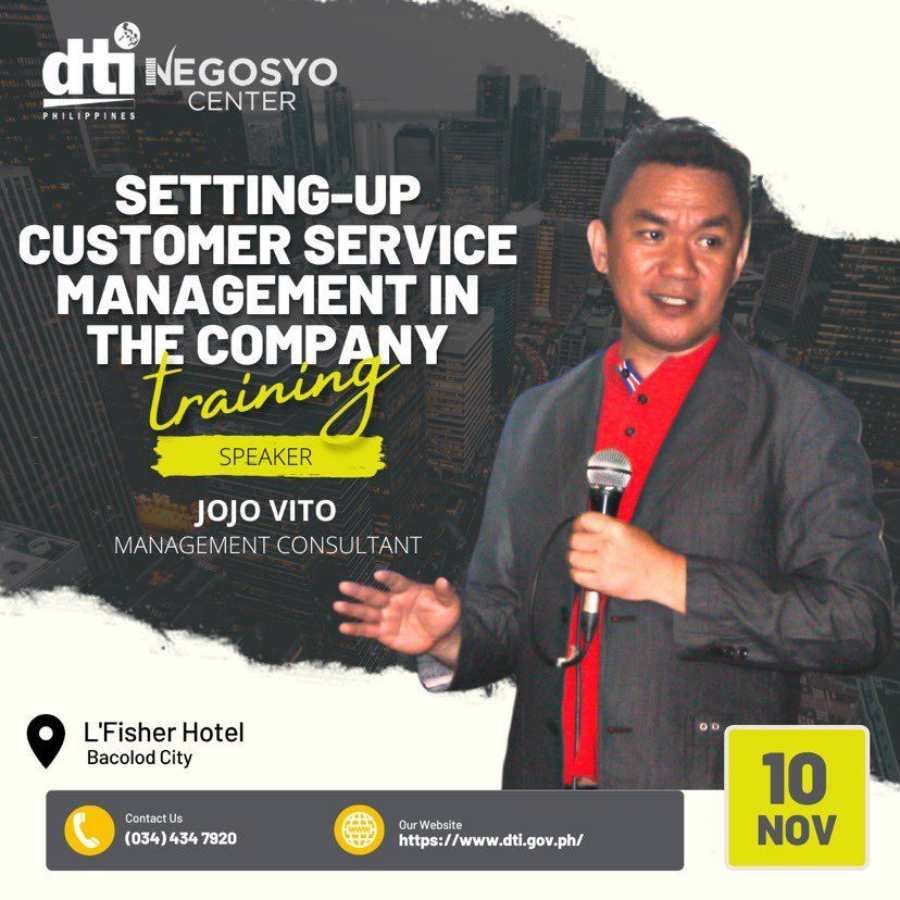
Designing Effective Training Programs ( Training and Development )
Once I have identified the training needs through TNA, the next step is designing effective training programs tailored to meet those needs. This phase is crucial because it sets the foundation for successful learning experiences.
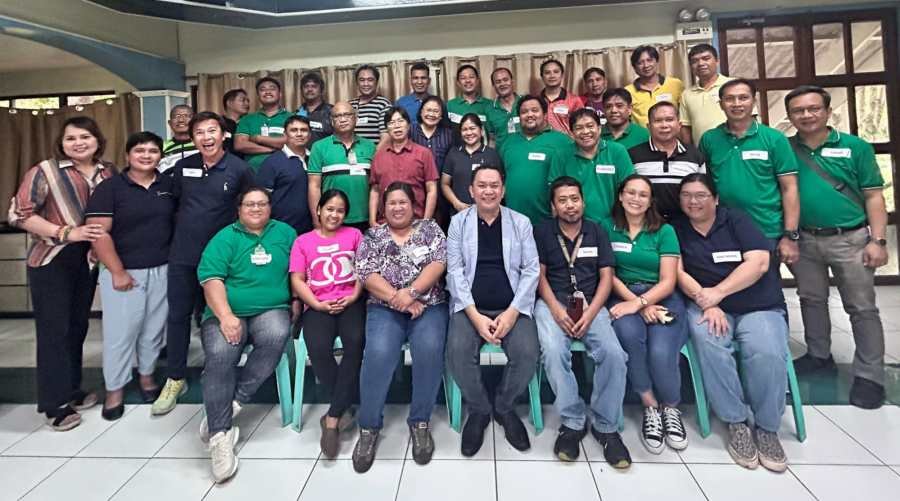
( Training and Development )
Methods of Training
In my practice, I utilize various methods to deliver practical training.
- On-the-job training provides practical experience while performing job tasks, allowing employees to learn in real time.
- Workshops and seminars offer interactive sessions focused on specific skills or knowledge areas, fostering participant engagement.
- E-learning modules enable employees to learn independently, accommodating different learning styles and schedules.
- Mentorship programs pair less experienced employees with seasoned professionals for guidance and support.
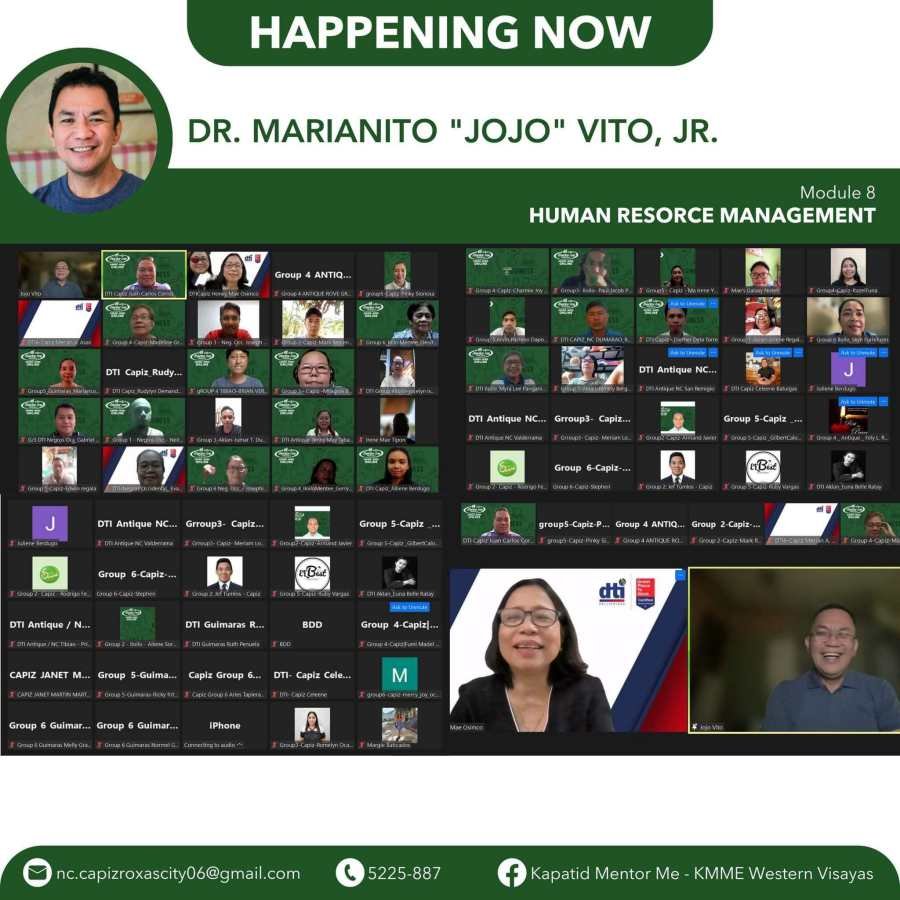
( Training and Development )
Evaluating Training Effectiveness
I implement evaluation methods such as the Kirkpatrick Model to ensure these training programs are effective. This model assesses four levels of effectiveness: Level 1 measures how participants react to the training; Level 2 assesses what participants have learned; Level 3 evaluates changes in behavior on the job post-training; and Level 4 analyzes the overall impact of training on organizational performance. This structured approach allows me to gauge immediate reactions and long-term benefits.
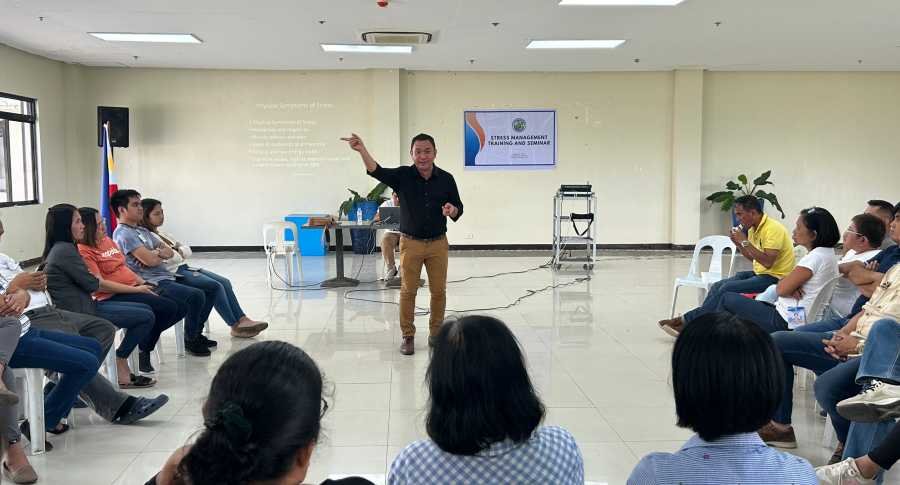
( Training and Development )
Career Development: A Pathway for Growth
Career development is another critical aspect of my work that promotes employee growth and prepares them for future organizational roles. I believe that investing in career development is essential for both individual fulfillment and organizational success.

Strategies for Employee Growth ( Training and Development )
I advocate for several strategies to foster employee growth. One practical approach is creating Individual Development Plans (IDPs), personalized plans outlining career goals and steps needed to achieve them. Encouraging continuous learning opportunities through workshops, courses, and certifications relevant to employees’ career paths is also vital. Additionally, succession planning identifies high-potential employees and prepares them for crucial organizational positions. Regular performance feedback and coaching sessions help employees understand their strengths and areas for improvement.

Benefits of Career Development ( Training and Development )
Investing in career development enhances employee engagement and job satisfaction while reducing turnover by providing clear career pathways. It builds a more skilled workforce aligned with organizational goals. In my experience, organizations prioritizing career development tend to see higher employee loyalty and productivity levels.

Personal Insights: Navigating Challenges ( Training and Development )
While my journey in training and development has been rewarding, it has not been without its challenges. One significant struggle I face is dealing with budget constraints. Many organizations desire to invest in employee development but often have limited resources. This situation requires me to be creative in designing programs that deliver value without exceeding budgets. Another challenge is skepticism from traditional bosses regarding the effectiveness of behavioral training. Many expect immediate results—a sudden change in behavior or performance—which is often unrealistic. Change takes time; it requires consistent effort and follow-up. Unfortunately, many companies prioritize training only when they feel like it or are not too busy, which can undermine its effectiveness. Furthermore, I often encounter resistance when discussing professional fees with clients who may not realize that a one-day training session reflects years of practice and experience. Trainers like me need to communicate our value clearly—emphasizing that our expertise can lead to long-term benefits for their organization.

Strategies for Overcoming Challenges ( Training and Development )
To navigate these challenges successfully, I focus on several strategies that have proven effective throughout my career. First, conducting thorough TNA before designing any program ensures that I understand the organization’s specific needs, making my approach relevant from the outset. Flexibility with training methods allows me to cater to diverse learning styles by incorporating on-the-job training, workshops, e-learning modules, and mentoring opportunities. Setting realistic expectations helps clients understand that behavioral changes take time; I encourage them to view training as a long-term investment rather than a quick fix. Ensuring follow-up after training sessions is crucial for reinforcing learning and addressing any challenges participants may face in applying their new skills. When discussing fees or budgets with clients, I emphasize the long-term return on investment (ROI) that practical training can provide—improved employee performance ultimately leads to better overall business outcomes. Building relationships with participants enhances their willingness to engage in activities and apply what they learn.

Conclusion: A Lifelong Commitment
In conclusion, my journey in training and development has been marked by challenges and triumphs. At the same time, there are obstacles—such as budget constraints, skepticism from management, and interpersonal dynamics—but the rewards far outweigh them. Each day spent helping others grow enriches my life as much as it does theirs. By adapting my approach and advocating for effective practices in TNA, program design, and career development strategies, I aim to make a lasting impact on every organization I work with. This journey of empowering others through knowledge enhancement remains at the core of my professional mission; every interaction offers an opportunity for growth—not just for my clients but also for me as a trainer committed to excellence in this field. Reflecting on my experiences over these years, I remain dedicated to lifelong learning—enhancing my skills and expanding my understanding of how best to serve those seeking personal and professional growth through effective training initiatives.
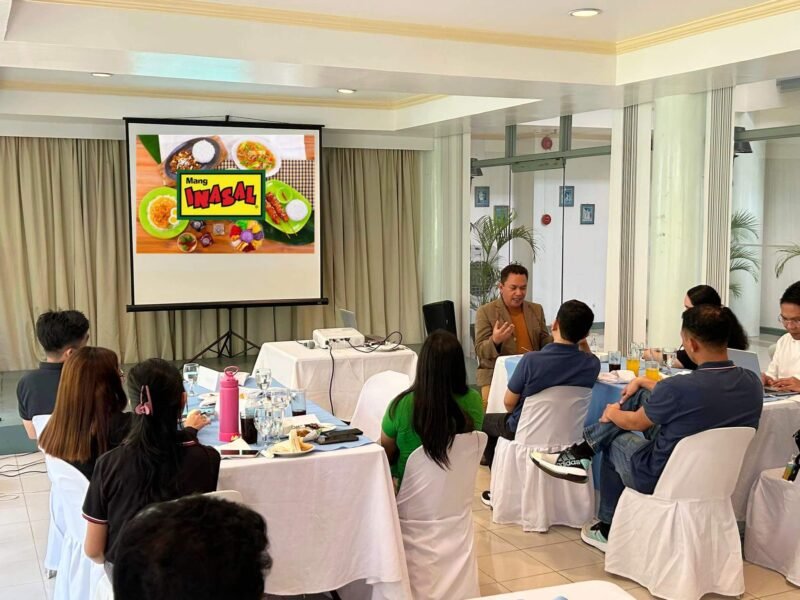
( Training and Development )
More Stories
- Human Resource Management: Empowering People
- Foodpanda Guide to MassKara Festival | Basta Food, Panda!
- BingoPlus Celebrates, Proud Sponsor of the MassKara Festival
- Pintaflores Festival Schedule of Activities 2024
- DITO Telecommunity Celebrates 45th MassKara Festival
- NONECO Blackout: Negros Power Steps In
- Go-To-Market Strategy: A Guide for Launching New Products
- Video Marketing in E-Commerce | A Comprehensive Guide
